Story
Reclaiming the Narrative, Building Sustainable Growth
The North Dakota Native Tourism Alliance unites five Native nations to promote and educate the world about Native culture
DATE
August 15, 2023
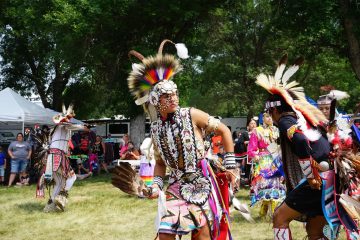
By Mo Perry
Conference breakout rooms aren’t generally known for being hotbeds of excitement. But the enthusiasm was palpable in the breakout room hosted by North Dakota Native Tourism Alliance (NDNTA) at a 2023 conference on strengthening governmental partnerships in the state.
Founded in 2016, NDNTA is a nonprofit organization committed to protecting, preserving, promoting, and educating the world about the culture, history, and environment of the five Native nations of North Dakota (Spirit Lake Nation, Standing Rock Sioux Tribe, Mandan Hidatsa Arikara (MHA) Nation, Sisseton Wahpeton Oyate, and the Turtle Mountain Band of Chippewa Indians). As an alliance of all the Native nations in a U.S. state working together to promote tourism, it’s the first of its kind in the country.
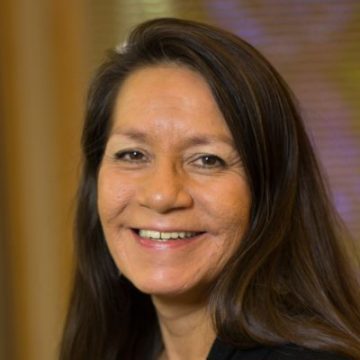
Tourism’ is a non-native word, and when we started, many people didn’t know what it was. They said, ‘You’re selling us out,’ and we said, “No, we’re finally telling our own stories.
Stacey LaCompte, Executive Director, NDNTA
NDNTA has been generating increasing buzz among state and tribal leaders since it was awarded the governor’s Trailblazer Award for Tourism Innovation in 2022. The same year, it also received a Bush Foundation Community Innovation grant totaling $684,000 to be paid over five years to develop and test a new model of tourism that creates tour packages specific to and created by Native nations in North Dakota.
“Out of the three breakout rooms at the conference, ours was the fullest,” says NDNTA Executive Director Stacey LaCompte. “The other rooms had a dozen or so people each, but ours was a packed house, including tribal leaders and council members. We’re merging into our next steps, and people want to know where we’re at.”
The growing awareness and urgency around creating a sustainable tourism industry in North Dakota’s Native nations reflects years of work by the board members of NDNTA. “We’ve done a lot of educating. ‘Tourism’ is a non-Native word, and when we started, many people didn’t know what it was,” says LaCompte. “They said, ‘You’re selling us out,’ and we said, ‘No, we’re finally telling our own stories.’ ”
NDNTA’s model aims to combat a history of colonizing narratives and practices within the tourism industry, where non-Native entities drive the narrative and own the sites most frequently encountered within tourism experiences.
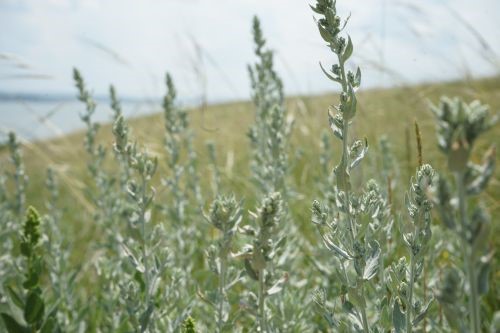
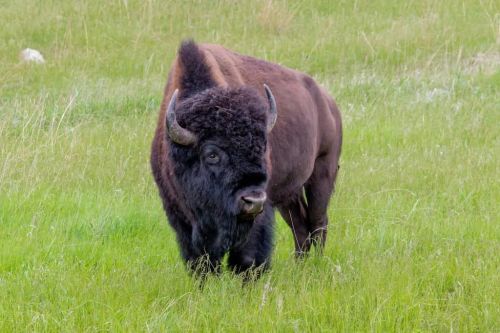
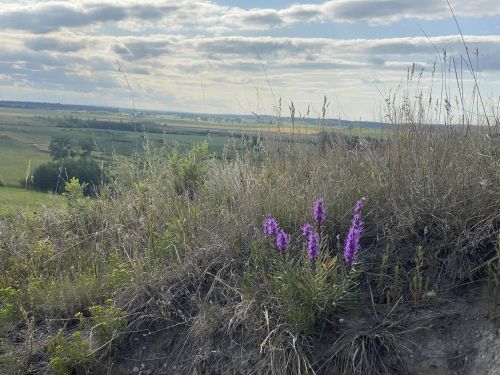

It was the first time in history that all the tribes in one state organized to work with each other and the state tourism department to market themselves to the world.
Les Thomas, Turtle Mountain Band of Chippewa Indians
Now, the concept is gaining momentum. At the Strengthening Government to Government Relationships and Partnerships conference in Bismarck, North Dakota, each tribe gives a State of the Tribe address. “This year [2023], each one of the tribal leaders brought up tourism — every single one. We’re very proud of that,” LaCompte says.
Laying the groundwork for a unique vision
The idea for a Native tourism alliance in North Dakota predates NDNTA, but early efforts fizzled out due to lack of organization. In 2016, Les Thomas of the Turtle Mountain Band of Chippewa Indians and Darian Morsette of MHA Nation were among several collaborators who worked to revive the idea. The two are now the organization’s vice president and president, respectively. LaCompte served in an advisory role, guiding them in the basics of establishing a nonprofit.
“It was the first time in history that all the tribes in one state organized to work with each other and the state tourism department to market themselves to the world,” Thomas says.
The Turtle Mountain Band of Chippewa Indians had hired George Washington University in Washington, D.C., to develop a tourism plan. As part of that collaboration, the tribe was encouraged to reach out to the other Native nations of North Dakota to explore partnership opportunities. Graduate students in the university’s Tourism, Hospitality and Event Management program helped lay the groundwork for NDNTA by conducting market research, including a survey of more than 650 domestic and international tourists. The responses revealed that potential visitors had a great interest in having unique and authentic experiences in Native communities. And they wanted to learn more about the Native nations of the northern plains in particular.
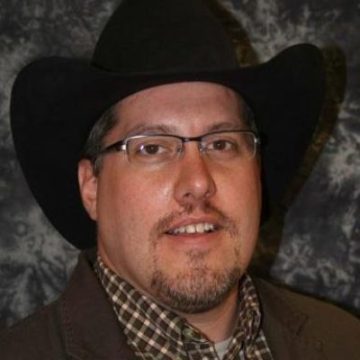
Ultimately, our goal is to get more people to come and realize that North Dakota isn’t off the beaten path. It is the beaten path.
Fred Walker, North Dakota Tourism Department
In order to pursue funding from the state or foundations, NDNTA needed to demonstrate support from each of the five Native nations. “We approached the tribes and requested that they each put in $5,000 to get us going,” LaCompte says. That seed money enabled NDNTA to get its tax-exempt 501(3)(C) status, launch a website, and lay the foundational groundwork for the nonprofit.
Each nation named two representatives to serve as members of the NDNTA board of directors. The board members all received nonprofit governance training from Sacred Pipe Resource Center, Good Relatives Collaborative and Strengthen ND (a Bush Foundation ecosystem grantee) and George Washington University. “It’s an all-volunteer board,” Thomas notes. “We all have other jobs. There were some bumps here and there, but we stayed the course, and now a lot of other states are trying to mirror what we’re doing.”
The state tourism department has been another key collaborator since the organization’s launch. Fred Walker is the global marketing manager at the North Dakota Tourism Department and a member of the NDNTA advisory committee. He sees the success of NDNTA’s mission as critical for the state, where tourism is the third largest economic driver.
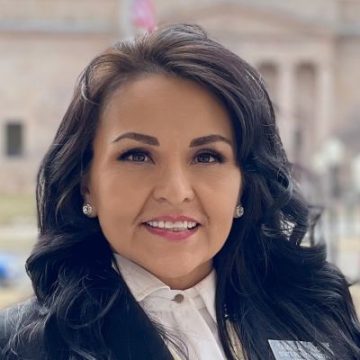
We’ve been educating our tribal councils and others on the importance of tourism, and we’re beginning to see results.
Tamara St. John, NDNTA board member, Sisseton Wahpeton Oyate
“Ultimately, our goal is to get more people to come and realize that North Dakota isn’t off the beaten path. It is the beaten path, and they can get off the interstate as they’re driving from Chicago to Yellowstone, and go see something that will not only spark their interest but allow them to take something home in their hearts and minds from a different place and different people,” Walker says.
Shifting public and tribal perceptions
NDNTA’s work is driven by a desire to reclaim the narrative of Native history and culture and allow Native people to tell their own stories in their own words. But first, tribal leaders needed to be convinced that tourism wasn’t just another avenue for exploitation. “In the past, tribal nations have thought of tourism as being exploitive,” says Tamara St. John, NDNTA board member and representative of Sisseton Wahpeton Oyate. “We’ve been educating our tribal councils and others on the importance of tourism, and we’re beginning to see results.”
In 2021, NDNTA created a visitors’ etiquette guide following an incident at Standing Rock, in which an unauthorized tour bus went to a ceremonial site, and the passengers unwittingly desecrated it by picking flowers, sage, and sweetgrass. NDNTA hadn’t known about the bus, but they nonetheless took responsibility for stepping up to do more to educate visitors about appropriate behavior on tribal lands.
“When we hear of tourists planning to visit a given nation, we alert the tribe and make sure the visitors have the etiquette guide and know who to reach out to. We give them a point of contact so they don’t just show up unannounced,” LaCompte says. Ultimately, the organization is working toward chartering its own buses, and each nation has created its own official itinerary. “So we can say, ‘Here’s where they’re going to go, and those are the only places where they should be, as all visitors are welcome.’” LaCompte says.
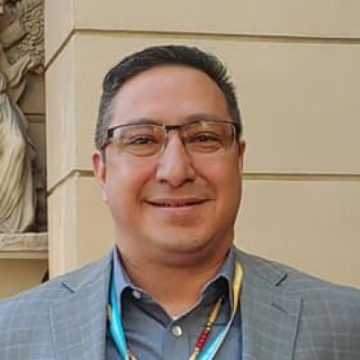
Staffing is huge. We want to move toward each nation having a staffed tourism department instead of one person handling everything, because it gets overwhelming.
Darian Morsette, NDNTA president and tourism director of MHA Nation
For now, each nation is in a different place in terms of tourism capacity. MHA Nation has the most infrastructure and experience, with offerings including hands-on earth lodge setup demonstrations, cultural dancing, canoeing, mountain biking, the MHA Interpretive Center, and the MHA Museum.
“Our trade route was huge, so tourism was always something that the MHA has done in one way or another,” says Darian Morsette, NDNTA president and tourism director of MHA Nation. MHA shares its expertise with the other nations, but Morsette acknowledges that capacity-building is a challenge and will take time. “Staffing is huge. We want to move toward each nation having a staffed tourism department instead of one person handling everything, because it gets overwhelming.”
That’s currently the case for Jennifer Martel, NDNTA board member from Standing Rock Sioux Tribe. “I’m all of it here at the Visitor Center. I don’t have a team. I ask visitors, ‘What do you want to see? What do you want to be educated on?’ So many people do a lot of their own research in advance, which is cool,” Martel says.
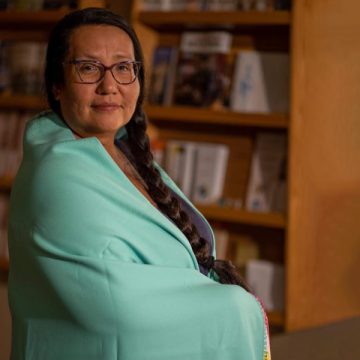
Folks realize that what they learned in school is not the whole truth about Native people.
Jennifer Martel, NDNTA board member, Standing Rock Sioux Tribe
Depending on people’s available time and interests, Martel personally guides them on tours that range in duration from one hour to a whole week. Many visitors became interested in Standing Rock because of the 2016 protests over the Dakota Access Pipeline (also known as #NoDAPL), but they end up learning much more about the tribe’s history and culture upon visiting.
“I see a lot of educated allies coming out of this [increase in tourism]. Folks realize that what they learned in school is not the whole truth about Native people. It’s not just about showing people around. It’s those real, educational conversations that we need to be having,” Martel says.
As the world’s understanding of Native people’s history and culture deepens, Martel sees the potential for both economic growth and increased self-regard among tribal nations themselves. “By educating visitors, we will sustain ourselves and there will be more pride among indigenous communities — we’re still trying to educate our people too. If we can educate and build that respect, our communities will become even more receptive to tourism and [embrace] a global outlook,” Martel says.
Sharing power, knowledge and resources
As a tourism alliance among five Native nations, NDNTA is unique in the world. “Power is stronger in numbers than as individuals. As an organization, we’re able to exchange ideas and help each other develop our amenities. Some tribes are further along than others, but we’re able to cross-promote and help each other along,” Thomas says.
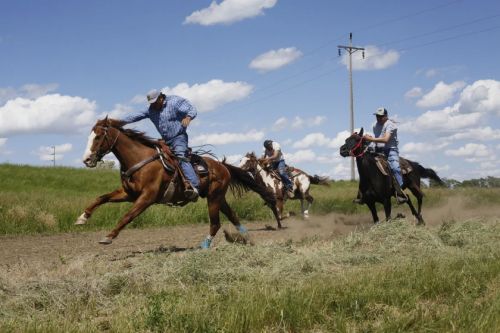
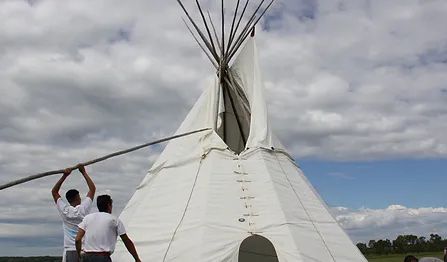
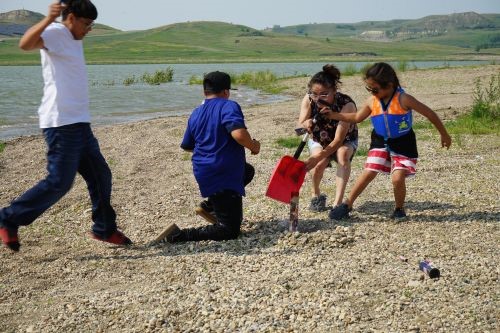
Each nation has unique elements they’re able to feature in their tourist itineraries. At Standing Rock, visitors can hear about the tribe’s stand against the oil pipeline, hear traditional stories from tribal elders, learn about D/Lakota constellations, and understand the tribe’s sacred connection to buffalo. Sisseton Wahpeton Oyate, located in the glacial lakes region of northeast South Dakota/southeast North Dakota, is focused on growing as an adventure destination, offering glamping, hunting, fishing, and other outdoor recreation.
“Tribes are building water parks, trails, family entertainment centers, restaurants, and other attractions that will draw people in,” Morsette says. “That’s where the economic impact is going to start to come in.”
As with any collaboration, there are also challenges to bridging differences among the members of the alliance. “We have five different Native nations all trying to work together, and they all have their different cultural and traditional beliefs,” LaCompte notes. Some, such as MHA, are accustomed to being free and open with visitors, while others are more private and inclined to closely guard their traditional ways.
Even within individual tribes, there may be a range of comfort levels with opening up to tourists. That’s why each nation was invited to create an internal leadership committee to build an itinerary, rather than the alliance dictating which activities and attractions to include. “We left it up to each tribe, saying, ‘You build your own itinerary. We’re just here to help you fine-tune and market it,’” LaCompte says.
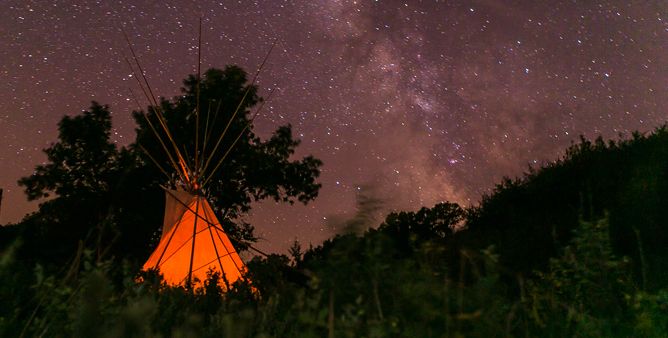
“They’re discovering there’s a big world
out there to experience, not just in a museum.”
Les Thomas
Non-native communities in North Dakota are taking notice and increasingly seeking to collaborate with NDNTA as well. Before the 2023 North Dakota Travel Industry conference, a non-tribal community reached out to Fred Walker at the state tourism department and requested a session be dedicated to how other North Dakota communities can work more closely with tribal tourism.
“That was a first. People are saying, ‘They’ve got these things going on, and travelers are very interested, so we want to know how we can partner with them,’” Walker says.
Building a sustainable economy
Each year, the state tourism offices of Idaho, Montana, North Dakota, South Dakota, and Wyoming present a tradeshow event called International Roundup. The event features two days of intensive interaction among representatives of tourist destinations around the American West and tour organizers from Australia, New Zealand, Italy, France, Germany, England, and the Nordic countries.
In 2023, LaCompte and Thomas attended the conference in Boise, Idaho on behalf of NDNTA. The two were able to meet with dozens of international tour operators to sell them on visiting the Native nations of North Dakota. “People are more and more interested in hands-on travel experiences, especially since COVID. They’re discovering there’s a big world out there to experience, not just in a museum,” Thomas says.
Part of Walker’s work at the state tourism department is making sure that when people come, they have abundant opportunities for exploration. Because many of the Native nations are hours away from each other by car, he works with travel agencies and tour groups to stitch together sample routes that connect tribal and non-tribal destinations with attractive amenities. “They can drive from point A to point B, but along the way they can see points C, D, E, and F and get another experience,” he says.
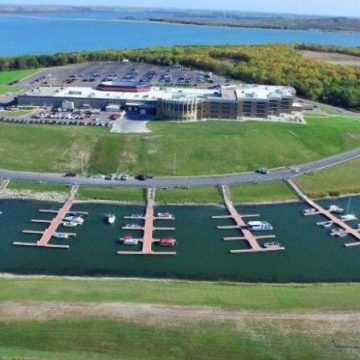
Our chairmen and our councils are seeing the big picture, and they’re diversifying while they have the time to prepare.
Les Thomas
In this way, the rising tide of Native tourism stands to lift boats across North Dakota. “Anything we can do to help the economy of any and every community in the state is a win for us,” Walker says. “If we can get 5,000 more people incrementally each year to visit, I think the stores will notice. The gas stations will notice. And more people will come as those people go home and tell their friends about their great experience.”
Member nations of the NDNTA also see the urgency of developing sustainable, family-friendly attractions that go beyond gambling and casinos. “If North Dakota goes ahead and does what Montana did with legalized gaming, so you have mini casinos in every gas station, what’s that going to do to gaming on our Indian reservations here in North Dakota?” Thomas asks. Proliferating e-tab machines have already put a dent in gambling revenues for several tribes, including Spirit Lake. “Our chairmen and our councils are seeing the big picture, and they’re diversifying while they have the time to prepare,” Thomas says.
For instance Spirit Lake is promoting its Fort Totten State Historic Site, where visitors can learn about the region’s military and Indian boarding school history and Turtle Mountain Band of Chippewa Indians is working with water resource engineers to make its 164-acre Gordon Lake healthy and suitable for recreational use, in addition to creating an indoor water park of its own.
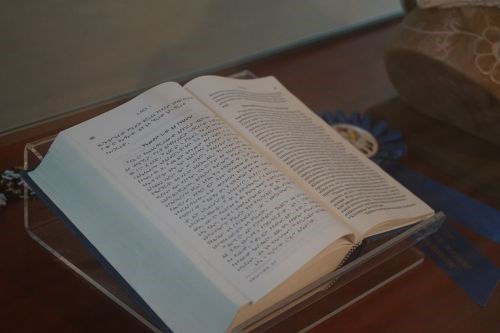
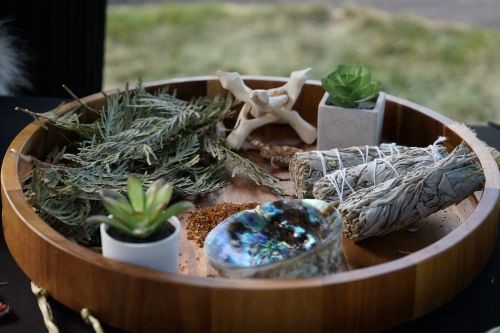
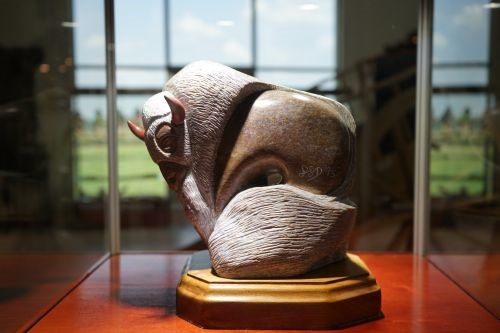
Photos from the Turtle Mountain Chippewa Heritage Center, Belcourt, North Dakota.
LaCompte hopes the economic abundance will extend to tribal artists and entrepreneurs. NDNTA already works to connect tourists with artists and makers when they visit the Native nations, and LaCompte hopes NDNTA can eventually fund artists and entrepreneurs so they can learn more about marketing themselves and running a business. “For now, I tell them, ‘Don’t sell your work for $20, make it $100. People will buy it.’” LaCompte says. “Part of building a more sustainable economy is helping our struggling artists.”
Community Innovation grant fuels next steps
The most immediate impact of receiving the Bush Foundation Community Innovation grant was the validation it represented for NDNTA. The organization had asked for $200,000. After several meetings, the Foundation awarded them more than three times that amount. “We were just like, ‘No way. Somebody actually believes in us. We can do this,’” LaCompte says.
The grant allowed NDNTA to hire LaCompte as its first executive director, along with funding the creation of two additional positions: an assistant to the executive director and a marketing manager. Until then, the all-volunteer board had been executing the organization’s work on an unpaid basis. “It was hard for the volunteer board to keep moving, especially in the summertime, because they’re all crazy busy doing their tours,” LaCompte says.
Morsette agrees: “It put me in a better position to concentrate on what I’m doing at MHA, be a better board member, and just support Stacey as the executive director. A lot of time and energy goes into making NDNTA work — it’s a full-time job in itself, and handling that plus my job at MHA was getting to be overwhelming.”
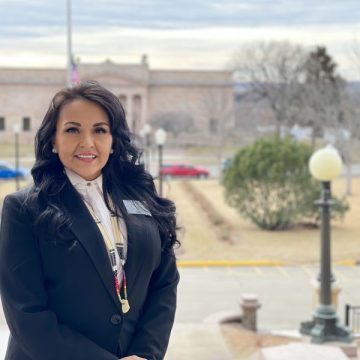
Society only knows us through stereotypes. They have no idea who we are today. What a fantastic way to educate people, by inviting them in and leaving as friends.
Tamara St. John
The funds will also allow for data collection on tourism numbers and economic impact at the five Native nations. That data will be instrumental to future grantseeking and fundraising efforts. And LaCompte has grand ambitions for increasing NDNTA’s visibility through marketing, advertising, and a presence at the Minot airport. Eventually, Thomas would like to see the organization have an office in Bismarck. (The staff currently work from home.)
There’s also a need for funding to help tribes refine their tourist programs, establish individual tourism departments, and build human capacity, St. John says. People need to be trained in customer service, hospitality, and entrepreneurship to build the pool of professionals who can work in hotels, restaurants, and the travel industry.
The goals of NDNTA are lofty, but the vision is worthy. “Society only knows us through stereotypes,” St. John says. “They have no idea who we are today. What a fantastic way to educate people, by inviting them in and leaving as friends.”

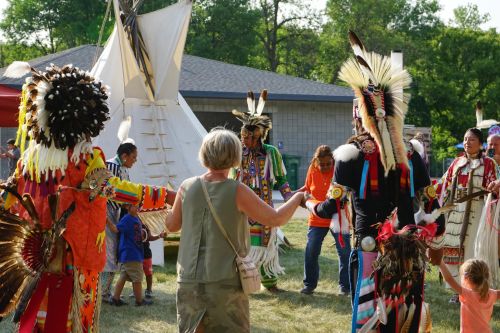
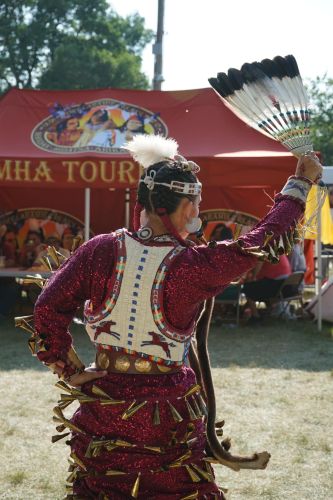
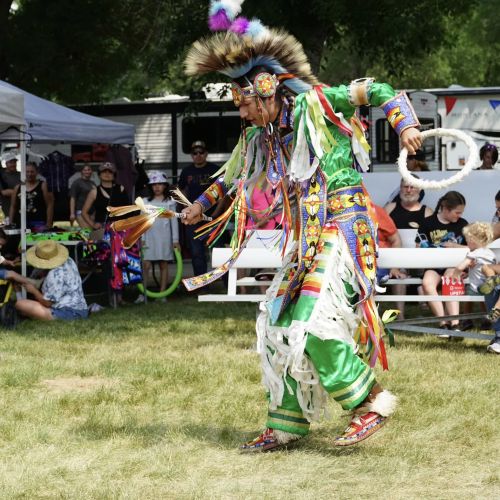
Mandan Hidatsa Arikara (MHA) Nation
Mo Perry is a freelance writer and theater artist in the Twin Cities. Her writing has appeared in The Atlantic, Catapult, Star Tribune, Minnesota Monthly, and many more publications. She’s a contributing editor for Experience Life magazine, and a member of the Artist Core for Ten Thousand Things Theater.
Continue reading
-

News
Opportunity to work with us
As part of our office move later this year, we are exploring possibilities for the build out of the ground floor of the building. We are in the early stages of this and considering different types of operating models and potential partnerships.
-
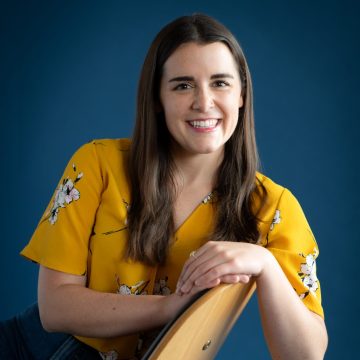
Staff note
Coordinating the work of our contact hub
We aim to be radically open in all that we do, and that includes being more accessible to more people and sharing what we learn along the way.
-
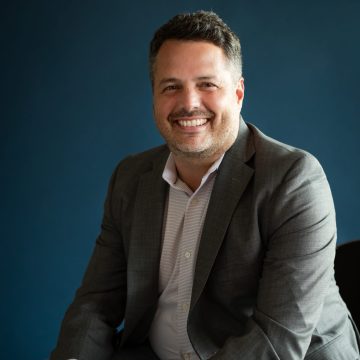
Staff note
Making every dollar work through impact investing
We have benefitted from the experience of other funders as we developed our impact investing approach. Now we are paying it forward and sharing what we have done and what we have learned.